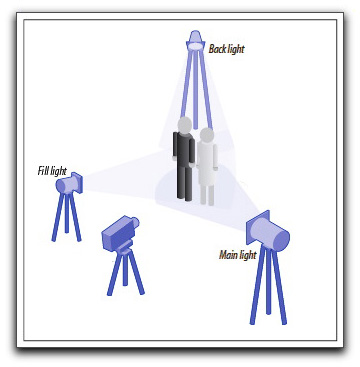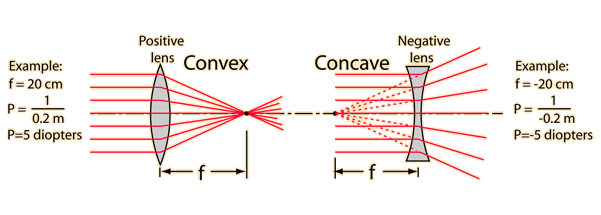
Light - the primary source of energy for the universe - is the central image of many religions and the photographer's chief resource. The word "photography" derives from the Greek and means, literally, “light writing.”
From the relentless power of full sun over water to the beam from a single candle, it is light
fashion and glamour photographers play with, light in its many moods and manifestations that we capture on film.
Digital cameras use a light-sensitive chip rather than film to capture an image. The camera is designed to let light through a hole (aperture) on to the chip for a limited amount of time (exposure). Digital cameras use “auto exposure” to take care of exposing the picture for you.
But there are a few things about aperture and exposure that you should be aware of.
A digital camera will gather the same amount of light with a large aperture and a short exposure or with a small aperture and a long exposure, but the image won't look the same. A wider aperture will reduce the “depth of field”, so that only objects at the focal point are in sharp focus. This is great for isolating a person from a busy background, but not so great for landscape photos, which require that everything be in focus.


